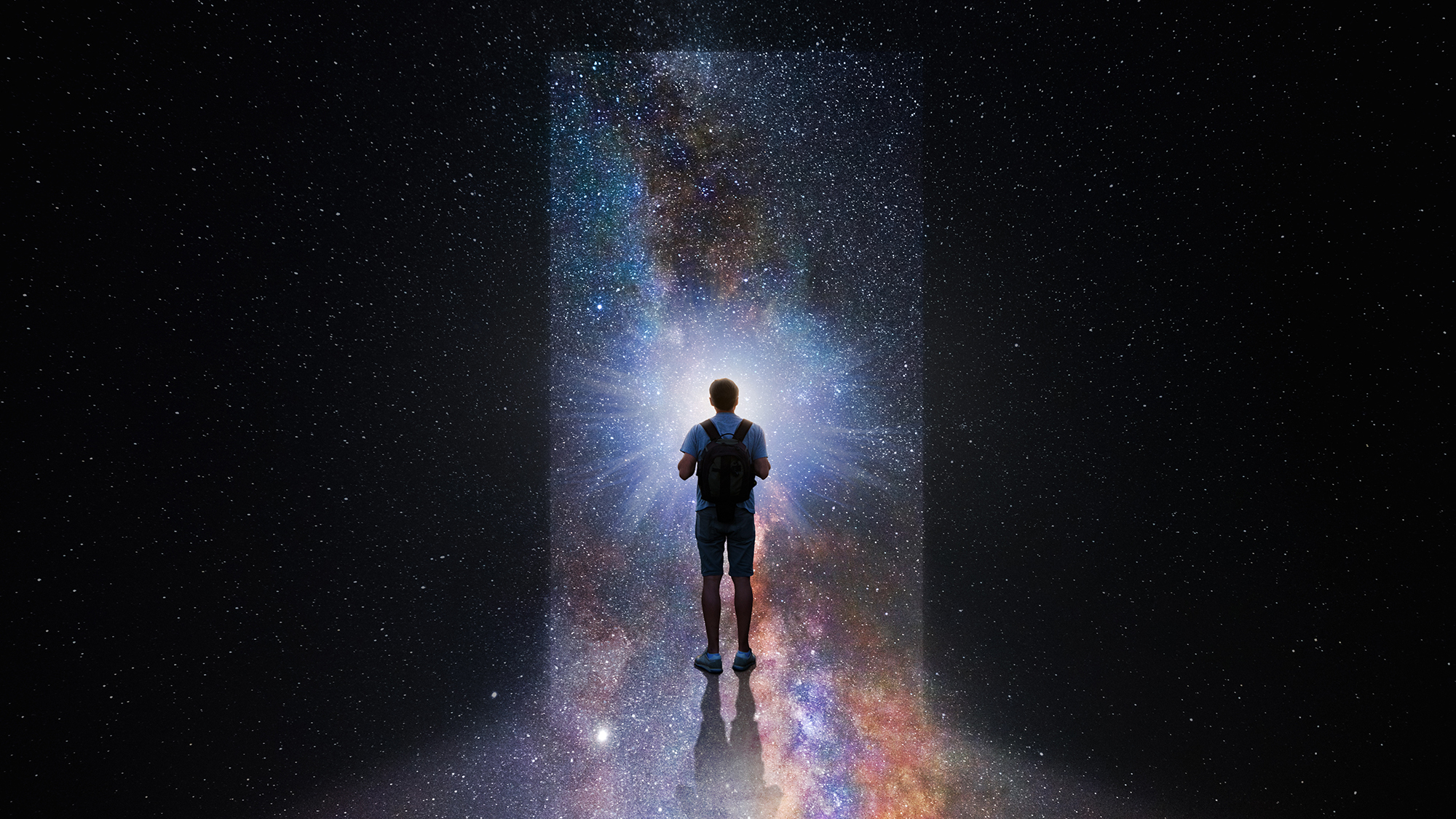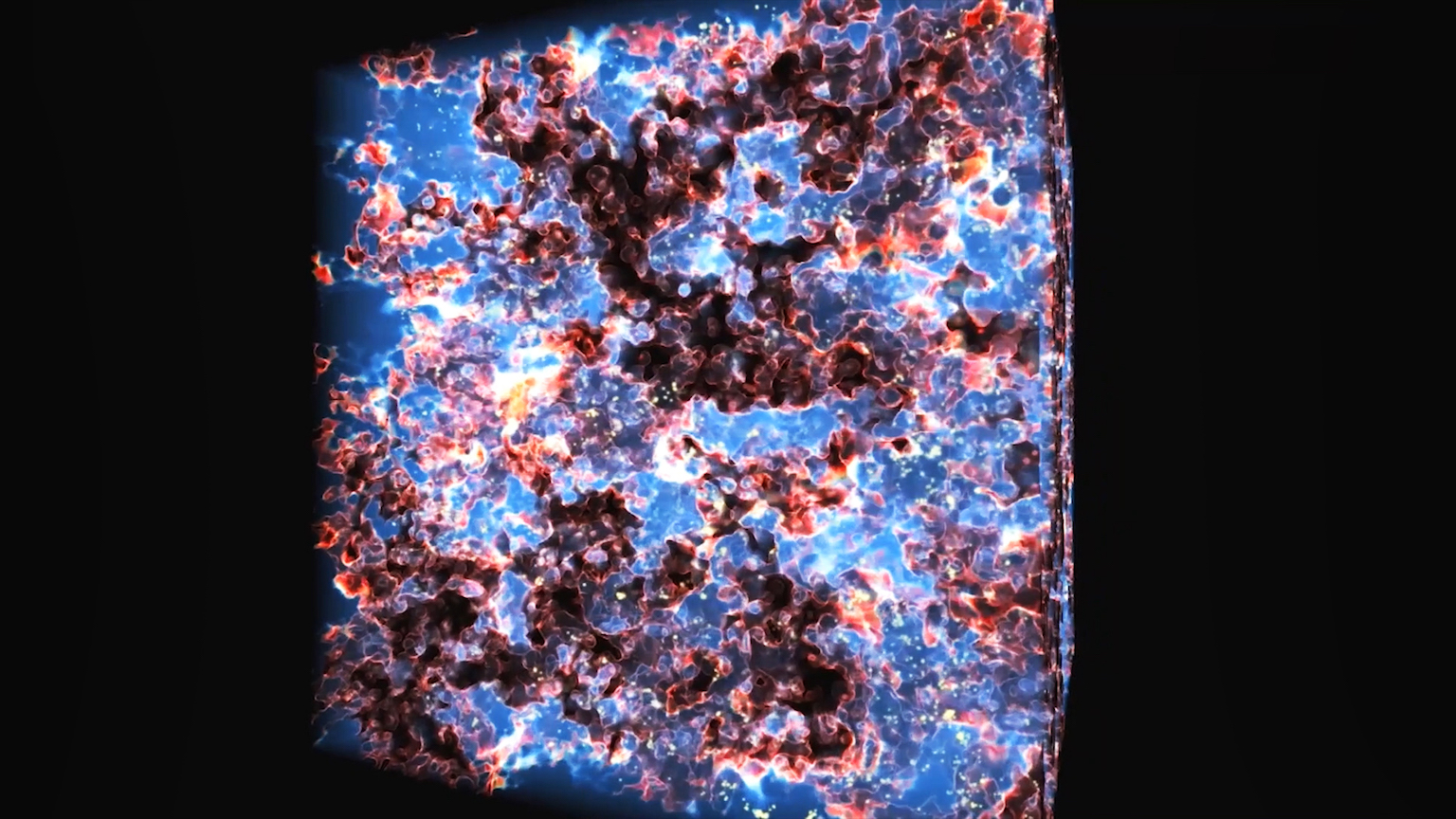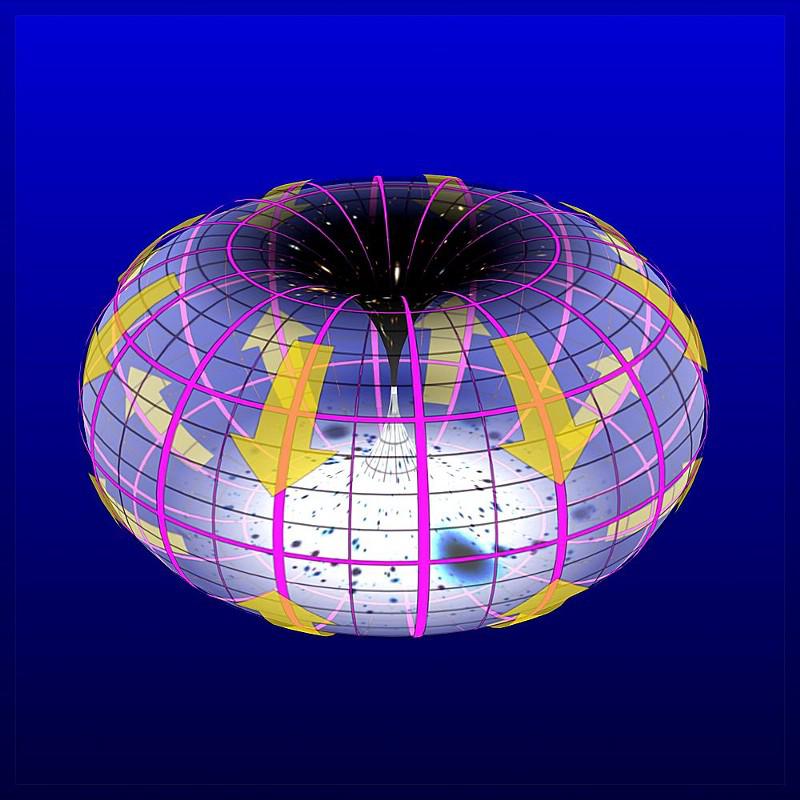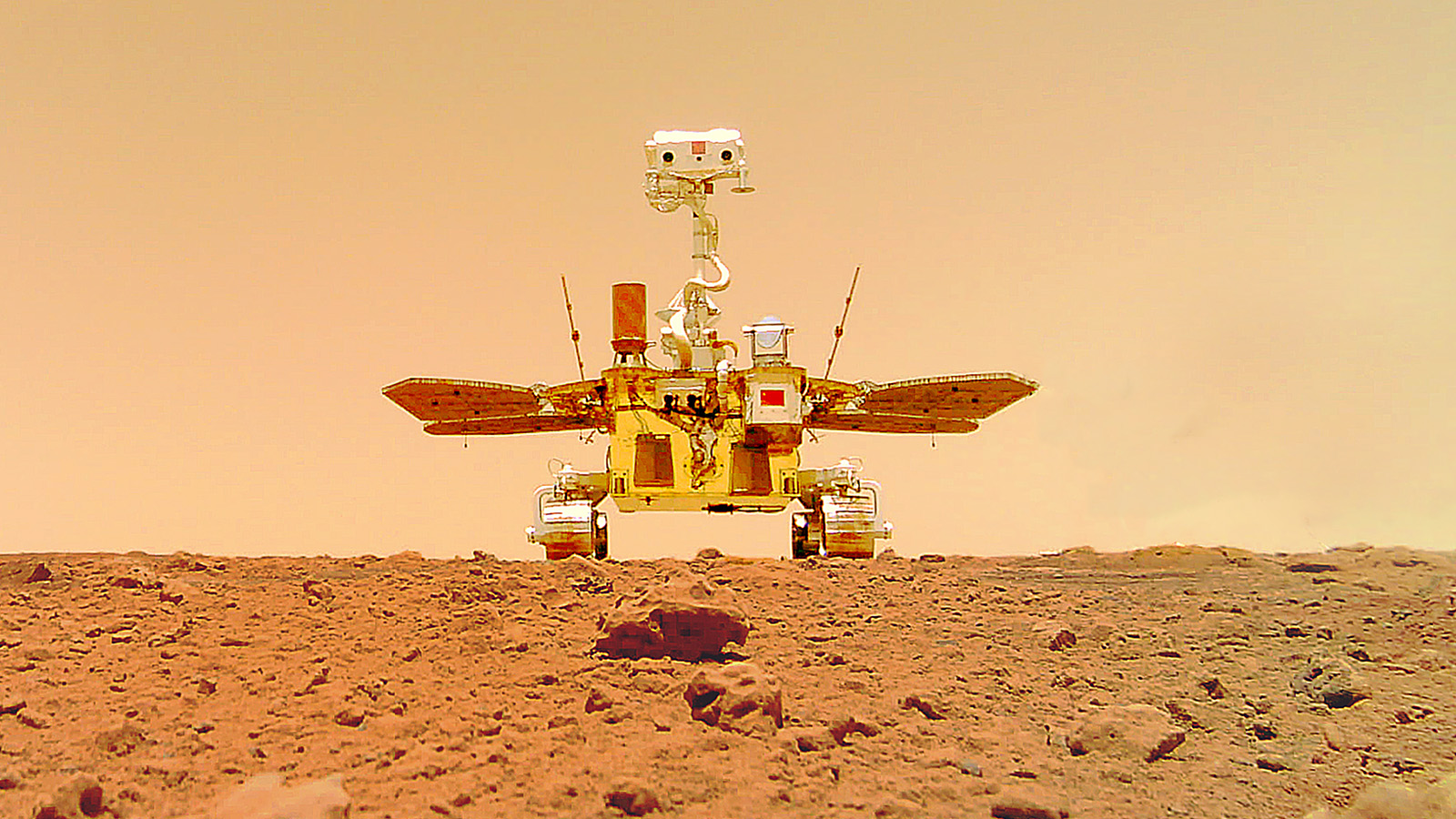Does the infinite exist?

- The concept of infinity is essential in mathematics and is widely used in calculations.
- But does the infinite exist? Can we conclude, for example, that the universe is infinite, extending forever in all directions?
- The universe may be spatially infinite, but we cannot know.
Some time ago, I had a strange conversation with my son Lucian, who was then nine years old.
“Dad, what’s infinity plus infinity?” Lucian asked.
“Infinity,” I replied stoically.
“But how can a number plus itself be itself?” Lucian insisted. “I thought only zero could do that, like in 0+0 = 0.”
“Well,” I said, “infinity is not really a number. It’s more of an idea.”
Lucian rolled his eyes. “So, infinity plus one is also infinity?”
“Yep.”
“Weird, dad.”
“Yep.”
Mathematical infinities
Before exploring infinity in Nature, here is a bit of a prelude about infinities in mathematics.
Mathematicians often refer to countable and uncountable infinities. (Yes, there are different kinds of infinity.) For example, the set of all integer numbers (…,-3, -2, -1, 0, 1, 2, 3,…) is a countably infinite set. Another example is the set of rational numbers — numbers of the form p/q constructed from fractions of integers, such as 1/2, 3/4, and 7/8, and excluding division by zero.
The number of objects in each of these sets (also known as the cardinal of the set) is called aleph-0. Aleph is the first letter of the Hebrew alphabet, and it has the cabalistic interpretation of connecting heaven and earth: ℵ. Aleph-0 is infinite, but it is not the largest possible infinite. The set of real numbers, which includes the sets of rational and irrational numbers (those numbers that cannot be represented as fractions of integers, including √2, π, e, and so forth), has a cardinal of aleph-1. Aleph-1 is known as the continuum. It is larger than aleph-0, and can be obtained by multiplying aleph-0 by itself aleph-0 times: 1=00.
Georg Cantor, the pioneering German mathematician who invented set theory, described the continuum hypothesis, which posits that there is no set with a cardinal between aleph-0 and aleph-1. However, current results imply that the continuum hypothesis is undecidable — it is neither provable nor unprovable. The human mind gets muddled by ideas of different infinities, even within the formal rigidity of abstract mathematics.
What is the shape of the universe?
What about space? Is space infinite? Does the universe extend toward infinity in all directions, or does it bend back on itself like the surface of a balloon? Can we ever know the shape of space?
The fact that we only receive information from what is within our cosmic horizon, which is defined by the distance light has traveled since the big bang, seriously limits what we can know about what lies beyond its edge. When cosmologists say that the universe is flat, what they really mean is that the portion of the universe that we measure is flat — or very nearly so within the precision of the data. We cannot, from the flatness of our patch, make any conclusive statements about what lies beyond the cosmic horizon.
If the universe is globally shaped, could we determine that, stuck as we are within a flat cosmic horizon? If our universe is shaped as a three-dimensional sphere, we may be out of luck. Judging from current data, the curvature of the sphere would be so slight that it would be hard to measure any indication of it.
An interesting but far-fetched possibility is that the universe has a complicated shape — what geometrists call a non-trivial topology. Topology is the branch of geometry that studies how spaces can continuously deform into one another. Continuously means without cutting, as when you stretch and bend a rubber sheet. (These transformations are known as homeomorphisms.) For example, a ball with no holes in it can be deformed into a football-shaped ellipsoid, a cube, or a pear. But it cannot be deformed into a bagel, because a bagel has one hole.
Measuring universal signatures
Different cosmic topologies may leave signatures imprinted in things we can measure. For example, if the topology is non-simply connected (recall our bagel, which has a hole in its shape), light from distant objects may produce patterns in the microwave background. To use a specific example, if the universe is bagel-shaped and its radius is small compared to the horizon, light from distant galaxies may have had time to wrap around a few times, creating multiple identical images like reflections in parallel mirrors. In principle, we could see such ghostly mirror images or patterns, and these would provide information about the global shape of space. So far, we have found no such indicator.
Since we do not see such images, can we conclude that space is flat? We can never measure anything with absolute precision, therefore we can never be certain, even if current data strongly points toward zero spatial curvature within our cosmic horizon. In the absence of a positive detection of curvature, the question of the shape of space is thus unanswerable in practice. Is it something unknowable? It seems to be. Something quite drastic would need to intervene to make it known, such as a theory that can compute the shape of space from first principles. So far, we have no such theory. Even if someday one arrives, we will need to validate it. This presents us with all sorts of issues, as we recently discussed.
The conclusion may be disappointing, but it is also extraordinary. The universe may be spatially infinite, but we cannot know. Infinity remains more of an idea than something that exists in physical reality.





